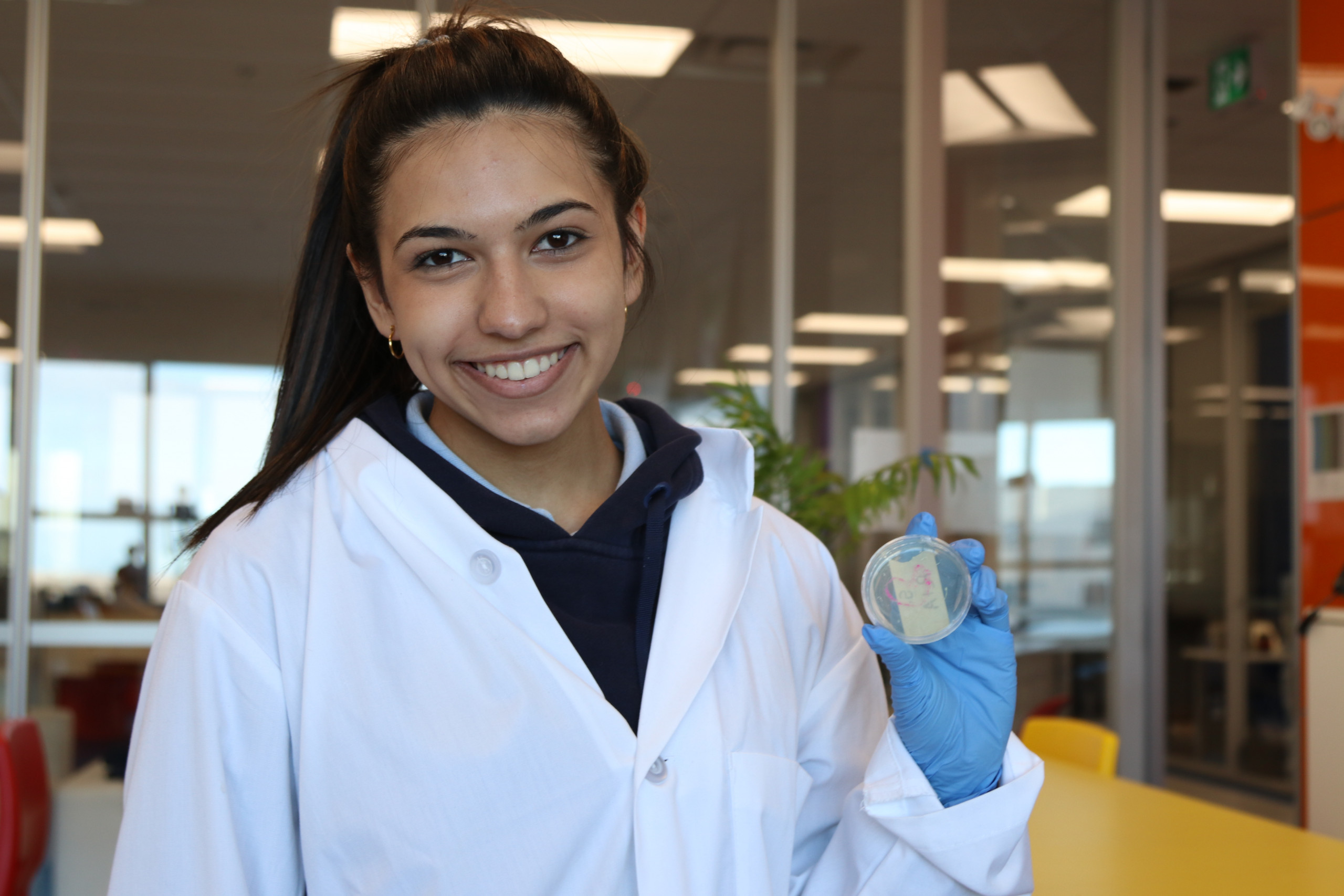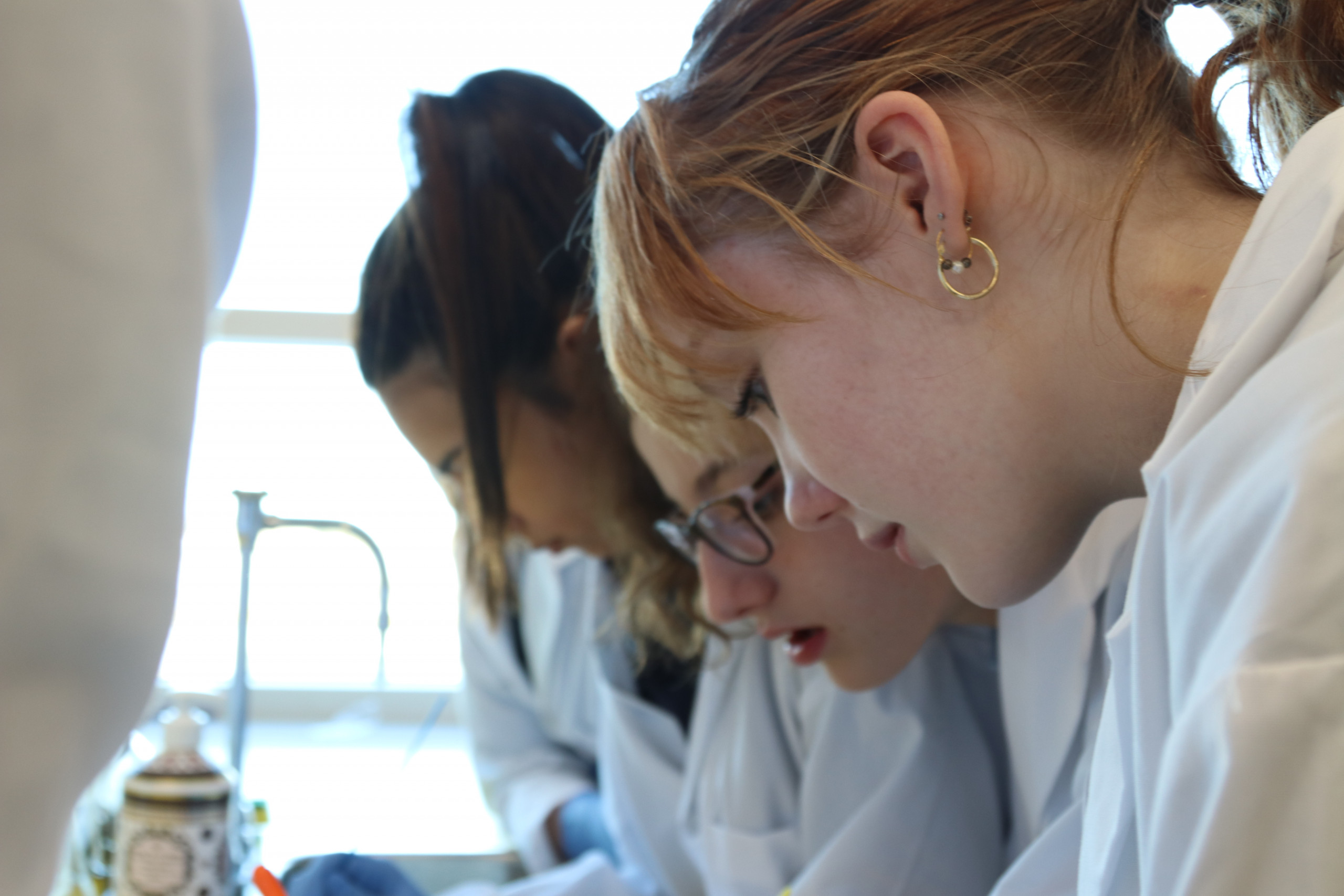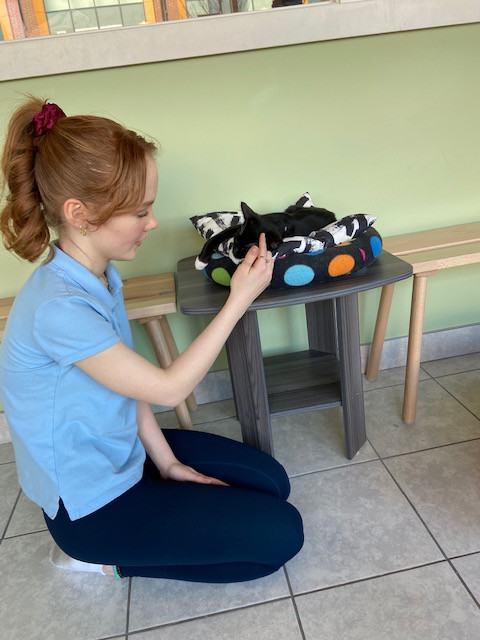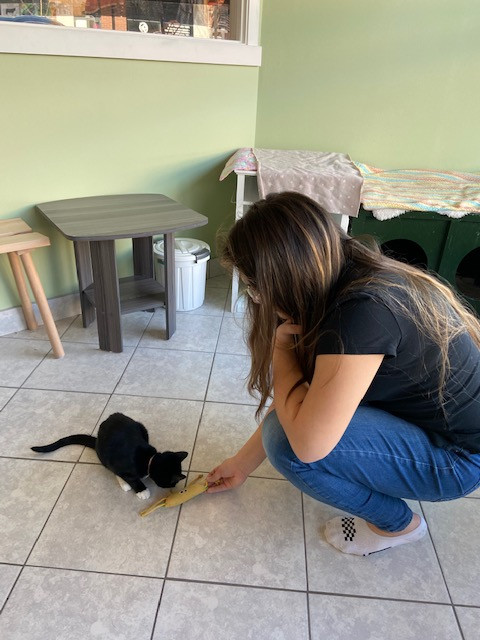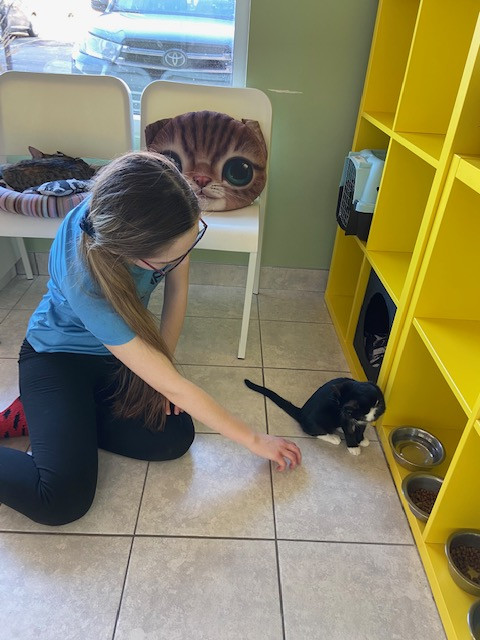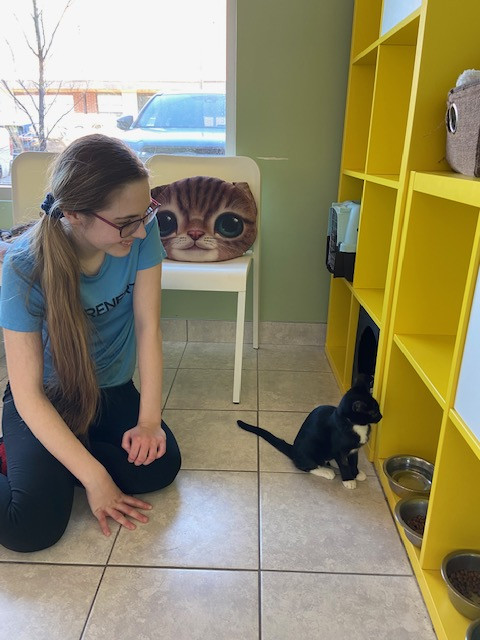Renert School
The Cat Diabetes Project
Project Summary & Updates
March 30, 2020 Update
As our school is now closed down because of the Covid 19 pandemic, we've had to change quite a lot about our project. One of the biggest changes is that the team has now extended their iGEM timeline over two years instead of one year to give themselves more time to flesh out our project. Also, our topic has changed entirely and we are now working on a method for diagnosing cat diabetes.
This is our first year participating as an iGEM team, and we're excited to now work on a feline related project that sets out to address the growing problem of diabetes in the feline population. Feline diabetes is a prevalent issue that continues to be overlooked by our society. Today, practices to detect feline diabetes are costly and inefficient. Currently, they involve veterinary administration of a blood glucose test and regular insulin injections to manage the condition. These methods are invasive and time-consuming and do not provide a way for pet owners to regularly monitor their cats.
Our project aims to provide an early diabetes detection system by measuring levels of urinary glucose, hoping to reduce costs for pet owners by detecting the condition early. Earlier detection will help to reduce the costs of long-term treatment and increase the effectiveness of current treatments by providing pet owners with a way to consistently monitor the condition. Our hope is that our detection system can be deployed in every cat owners house easily and affordably to ensure that they are equipped with the best technologies to help manage feline diabetes.
December 2019
This is our first year participating in geekStarter as an iGEM team, and we're excited to work on a gene engineering project that sets out to address the growing problem of nicotine addiction in youth. Nicotine addiction has plagued the human race for decades. In recent times, a new form of nicotine intake via electronic, or e-cigarettes, known as vaping has become quite prevalent among the adolescent population in our local Alberta communities, as well as on a global scale.
Although many view vaping as a “healthier” alternative to smoking, the high concentrations of harmful chemicals in the e-cigarette vapour can damage human lungs. E-cigarettes also contain nicotine salts as the bioavailable form of nicotine, which are a more concentrated form of nicotine than the nicotine found in traditional tobacco products like cigarettes. Our team is planning to utilize the biosynthesis of a nicotine-degrading enzyme known as NicA2 to potentially reduce nicotine concentration and availability to cells, including neurons.
The primary objective of our proposed NicA2 product will be to assist individuals, particularly youth, that are addicted to vaping, by providing a novel method to help eliminate nicotine addiction. Our hope is to look at the economic benefits of our proposed design to achieve this goal, while also having little to no detrimental impacts or side effects on the body.
As our school is now closed down because of the Covid 19 pandemic, we've had to change quite a lot about our project. One of the biggest changes is that the team has now extended their iGEM timeline over two years instead of one year to give themselves more time to flesh out our project. Also, our topic has changed entirely and we are now working on a method for diagnosing cat diabetes.
This is our first year participating as an iGEM team, and we're excited to now work on a feline related project that sets out to address the growing problem of diabetes in the feline population. Feline diabetes is a prevalent issue that continues to be overlooked by our society. Today, practices to detect feline diabetes are costly and inefficient. Currently, they involve veterinary administration of a blood glucose test and regular insulin injections to manage the condition. These methods are invasive and time-consuming and do not provide a way for pet owners to regularly monitor their cats.
Our project aims to provide an early diabetes detection system by measuring levels of urinary glucose, hoping to reduce costs for pet owners by detecting the condition early. Earlier detection will help to reduce the costs of long-term treatment and increase the effectiveness of current treatments by providing pet owners with a way to consistently monitor the condition. Our hope is that our detection system can be deployed in every cat owners house easily and affordably to ensure that they are equipped with the best technologies to help manage feline diabetes.
December 2019
This is our first year participating in geekStarter as an iGEM team, and we're excited to work on a gene engineering project that sets out to address the growing problem of nicotine addiction in youth. Nicotine addiction has plagued the human race for decades. In recent times, a new form of nicotine intake via electronic, or e-cigarettes, known as vaping has become quite prevalent among the adolescent population in our local Alberta communities, as well as on a global scale.
Although many view vaping as a “healthier” alternative to smoking, the high concentrations of harmful chemicals in the e-cigarette vapour can damage human lungs. E-cigarettes also contain nicotine salts as the bioavailable form of nicotine, which are a more concentrated form of nicotine than the nicotine found in traditional tobacco products like cigarettes. Our team is planning to utilize the biosynthesis of a nicotine-degrading enzyme known as NicA2 to potentially reduce nicotine concentration and availability to cells, including neurons.
The primary objective of our proposed NicA2 product will be to assist individuals, particularly youth, that are addicted to vaping, by providing a novel method to help eliminate nicotine addiction. Our hope is to look at the economic benefits of our proposed design to achieve this goal, while also having little to no detrimental impacts or side effects on the body.



